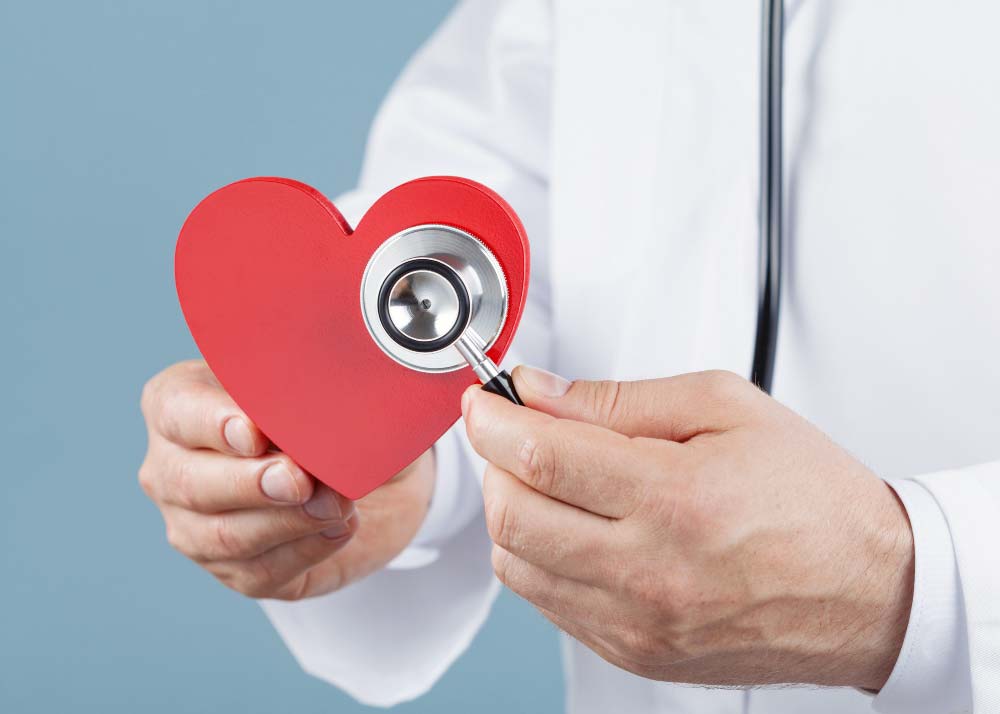As part of our standard assessment procedures, we aim not only to identify musculoskeletal deficiencies but also the health of the cardiovascular system. The cardiovascular system comprises of the heart itself and the associated blood vessels, veins and arteries which circulate blood and oxygen to all the tissues of our body. Generally your blood pressure is taken by your General Practitioner at rest, which is used to help identify risk of cardiovascular disease and stroke. However, blood pressure is highly variable and fluctuates throughout the day and with physical exertion. From an exercise perspective it is more valuable to identify how blood pressure changes from rest in response to exercise and how well it recovers over time.
This is why at Optimum we perform the cardiovascular efficiency test which gives us vital information on the changes in your blood pressure in response to a short 3 minutes bout of moderate intensity exercise. Generally optimal resting blood pressure should be less than 120/80. With physical activity, the increase in oxygen demand to working muscles leads to an increase in systolic blood pressure and minimal change in diastolic blood pressure. In a generally healthy client, we expect no more than 15% increase in systolic blood pressure and no more than 5% change in diastolic blood pressure. Within 2 minutes both readings should be back to resting levels and over the course of a 10 minutes period settle a little lower than resting levels. The below diagram highlights the typical blood pressure response to exercise.
This information is vital because several red flags can be identified with this simple test. One important example we see in many patients is the excessive rise in blood pressure in response to exercise and the delayed recovery of blood pressure back to resting levels. Studies have shown that patients with a high increase in systolic blood pressure and delay in blood pressure recovery in response to exercise are at significant risk heart attack and stroke compared to people within normal ranges. This is concerning as your blood pressure may be a completely healthy 120/80 at rest, but once you exert yourself running to catch the train or climbing up a few flights of stairs, it is actually being elevated to dangerous levels. This is why it is important that in the initial phases of any exercise routine, that you are tested and monitored for the blood pressure response and recovery, not only resting blood pressure.








